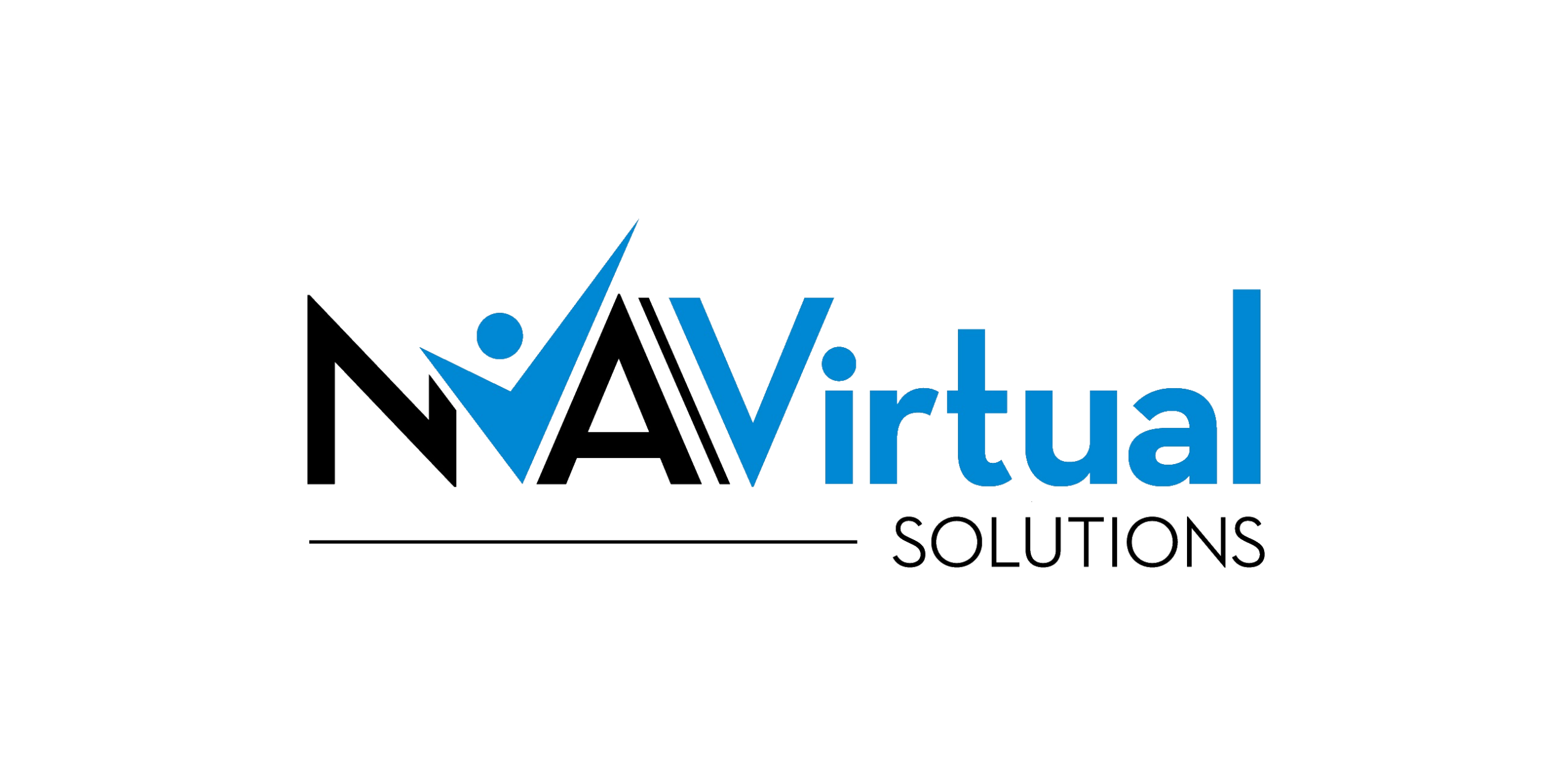Outsourced Call Center Solutions
Reliable and scalable support across phone, email, and chat, powered by trained work-from-home customer service professionals and customized to fit your business needs.

Empowering Work-From-Home Agents with Expert Support
At NVA Virtual Solutions LLC, we are dedicated to connecting skilled independent agents with legitimate, flexible work-from-home customer service roles. Since 2016, our mission has been to foster opportunities that empower individuals while delivering exceptional business support, guided by integrity and commitment to excellence.

What We Do
We take pride in offering 24/7 support throughout the entire contracting journey, from onboarding and certification to real-time assistance after they begin servicing.
- Omnichannel Customer Service
- Business Process Outsourcing (BPO)
- Consulting & Optimization
- Business Connectivity Services

How We Help Your Business Grow
Discover how our services create seamless remote work solutions.
Scalable Workforce
Quickly adjust support levels based on your business volume.
Omnichannel Expertise
Unified support across phone, email, and chat.
Cost-Efficient Model
Reduce overhead while maintaining quality and performance.
Reliability & Compliance
Processes grounded in accuracy, security, and consistent results.
U.S.-Based Talent
Professional independent contractors trained to represent your brand with care.
Tailored Service Plans
Solutions designed specifically around your goals and operational needs.
Why Choose NVA Virtual Solutions?
Choose a partner that strengthens your operations, improves customer care, and supports your growth. We provide dependable BPO services that help your business stay efficient, responsive, and ready for anything.
Operational Mastery
We run efficient, well-structured support programs built on proven systems and strong performance standards.
Growth-Focused Improvements
Our team constantly evaluates data, feedback, and workflows to refine processes and drive better outcomes for your customers.
Modern & Adaptable Solutions
We leverage innovative tools and flexible strategies to help you handle volume spikes, new launches, and evolving customer needs.
Skilled & Reliable Agents
Our agents are carefully vetted, trained, and supported—ensuring that every customer interaction reflects professionalism and care.
